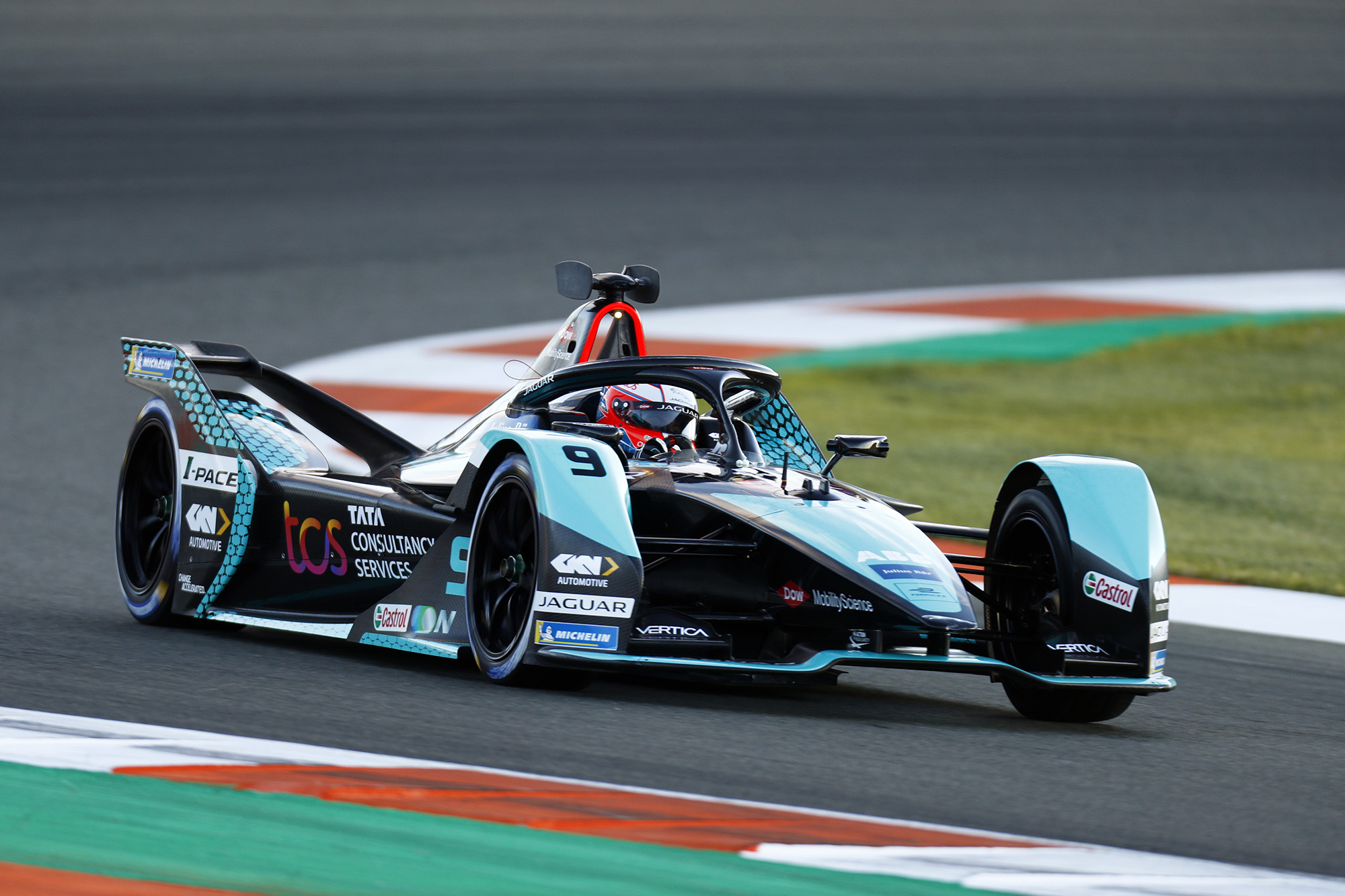GKNA Motorsport Heritage
A partnership is born
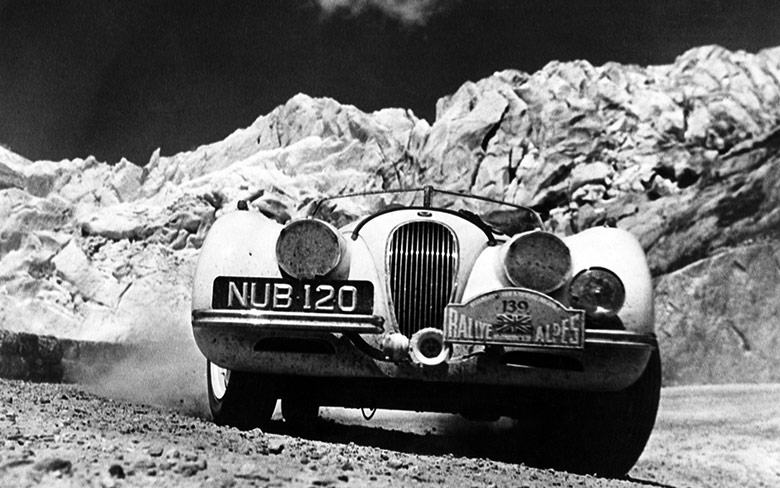
In 1950, Ian Appleyard won the prestigious Alpine Rally in the Jaguar XK120 sports car with Patricia Lyons as his co-driver.
The car featured drivetrain components made by GKN Transmissions Ltd, the latest in a long line of sporting Jaguars to feature GKN technology. At the time, the XK120, so named because of its top speed of 120mph, was one of the fastest production cars in the world. The following year, in 1951, Appleyard and Lyons took the car back to the Alpine Rally and won it for a second consecutive year, and in the process created a sporting icon for an entire generation.
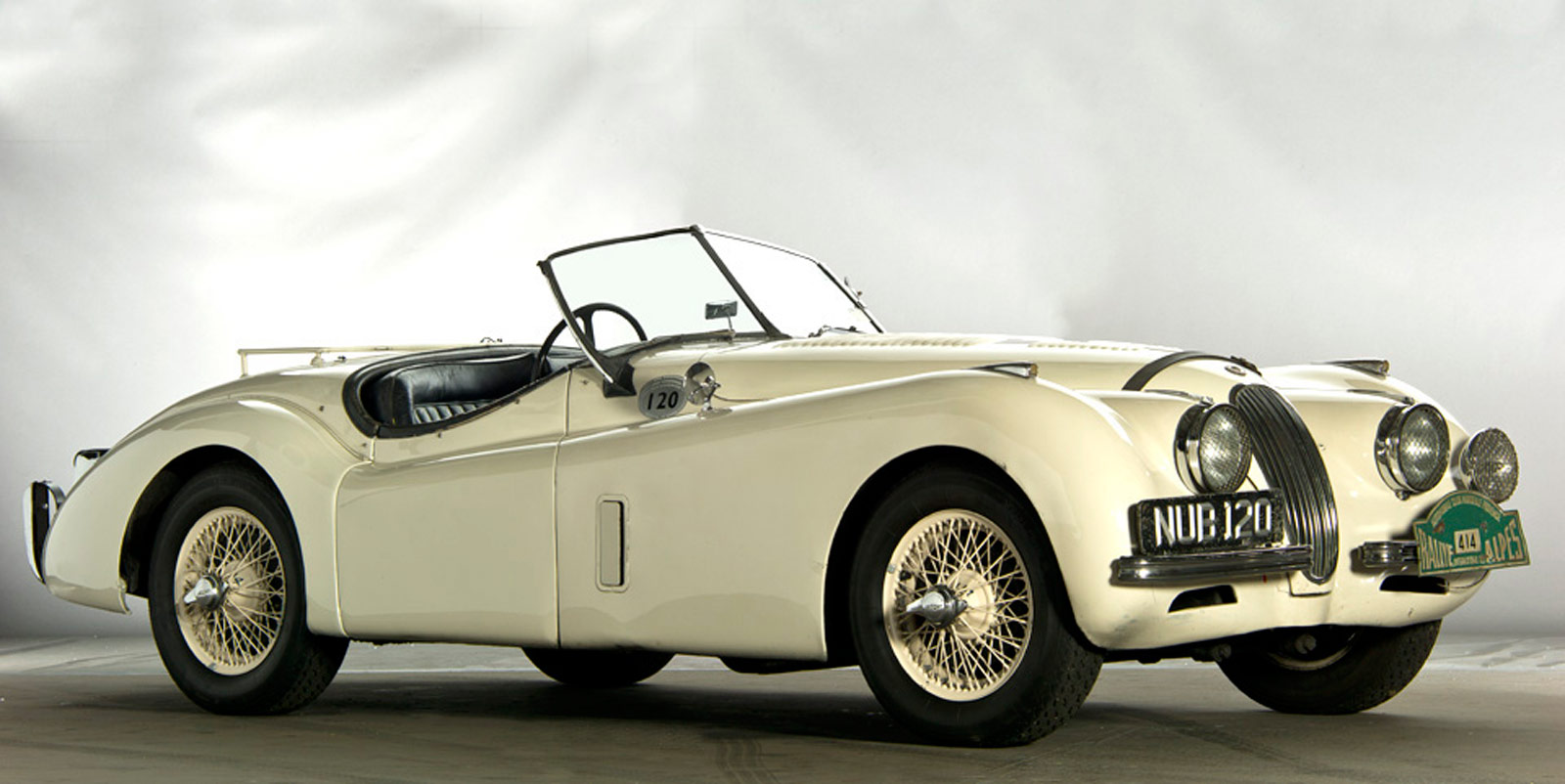
Iconic Cars
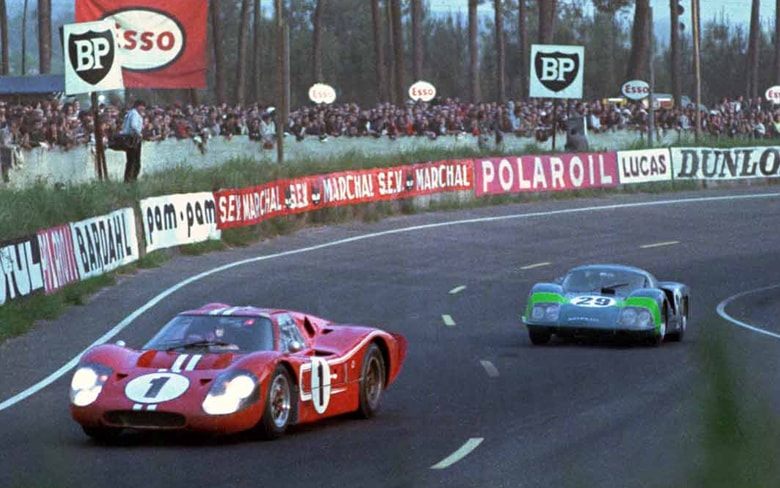
After Ford’s famous 1-2-3 finish the previous year, the newly improved Ford GT40 Mk IV won the 24 hours of Le Mans race in 1967.
The 7.0-litre V8 helped propel the GT40 Mk. IV to a top speed of 220mph. The GT40 dominated the competition, leading for all but the first 90 minutes of the race. The Mk. IV used GKN driveshafts for their high performance and durability in this demanding endurance race. Half a century later, the new 2017 Ford GT supercar once again uses GKN driveshafts: a testament to our technology and rich motorsport heritage.
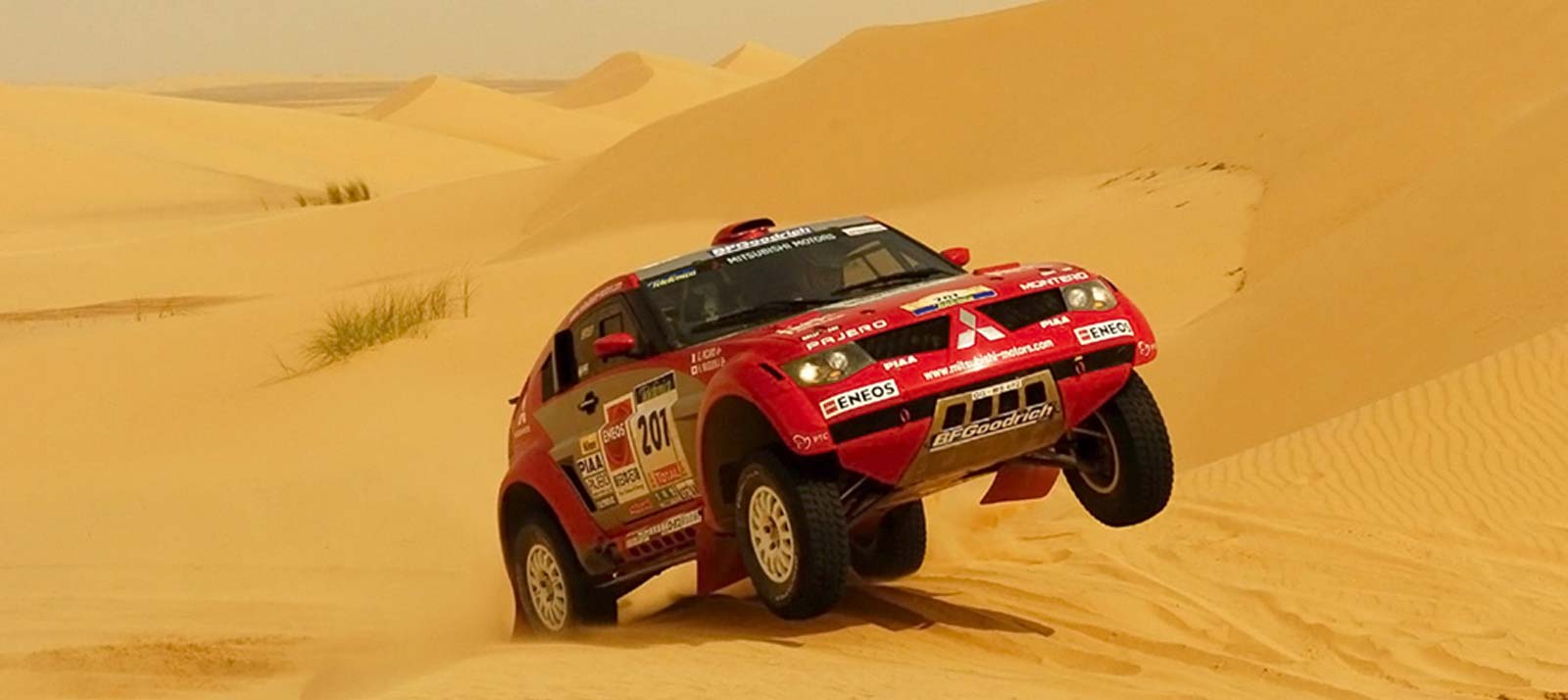
Capturing a world record
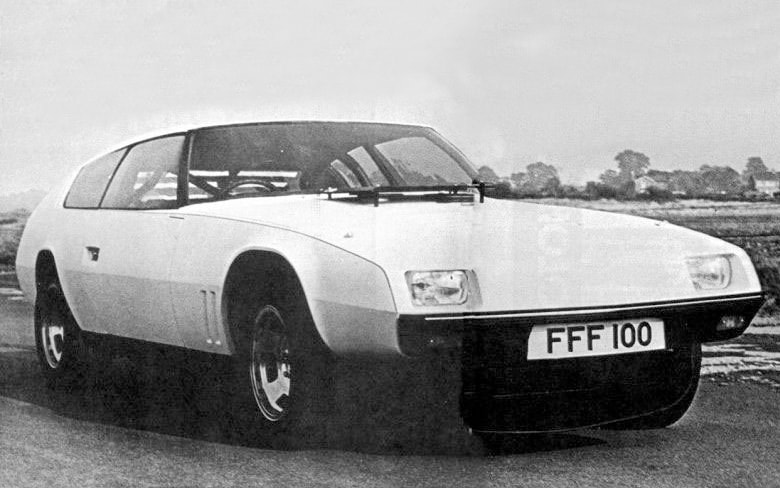
In 1972, GKN built a development car as a test bed for high-performance automotive components.
This car, the Ferguson Formula Four-wheel-drive Saloon 100 (FFF100), featured GKN anti-lock braking and four wheel drive systems, and was powered by a 7-litre Chrysler Hemi V8. The car was a modified version of a Jensen FF, one of the first production cars ever to feature a four-wheel drive system.
The 600bhp GKN FFF100 broke the 0-100-0mph world record for a road legal car with a time of 12.2 seconds in the wet, which was subsequently broken again with 11.5 seconds in the dry. This was a full 8 seconds faster than the previous record.
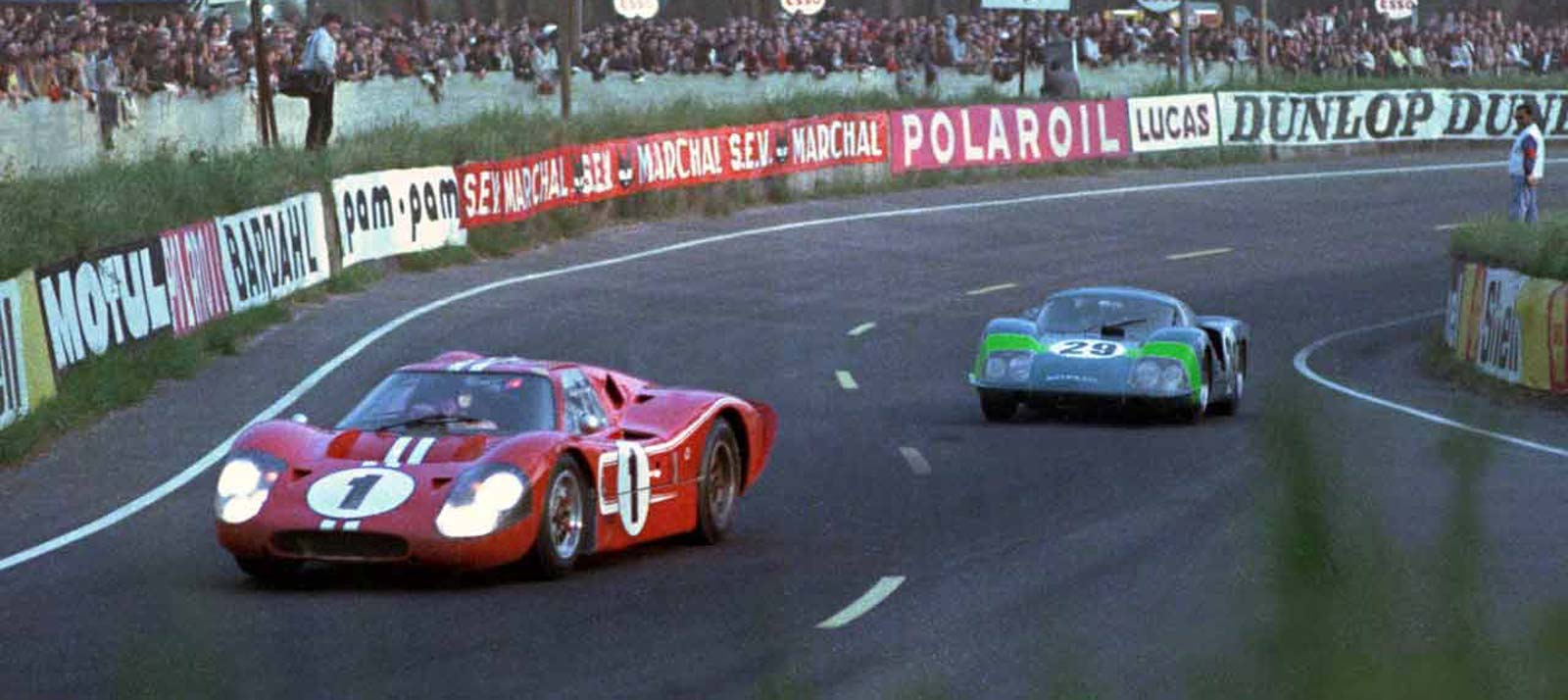
Breaking the land speed record
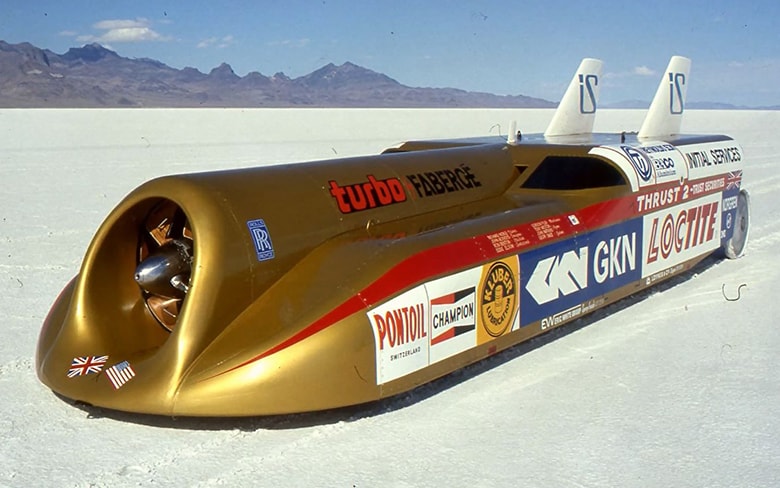
Richard Noble broke the land speed record in 1983 with a jet-propelled car known as Thrust 2.
Prior to developing Thrust 2, Noble was an engineer working at GKN while developing its precursor, Thrust 1. This relationship led to GKNs involvement, sponsoring the Thrust 2 project and the record attempt.
It took Noble five years of development and constant set-backs to finally achieve his dream of breaking the land speed record. On the 4th October 1983, Thrust 2 broke the record with a speed of 633mph over a measured mile at Black Rock Desert in Nevada.
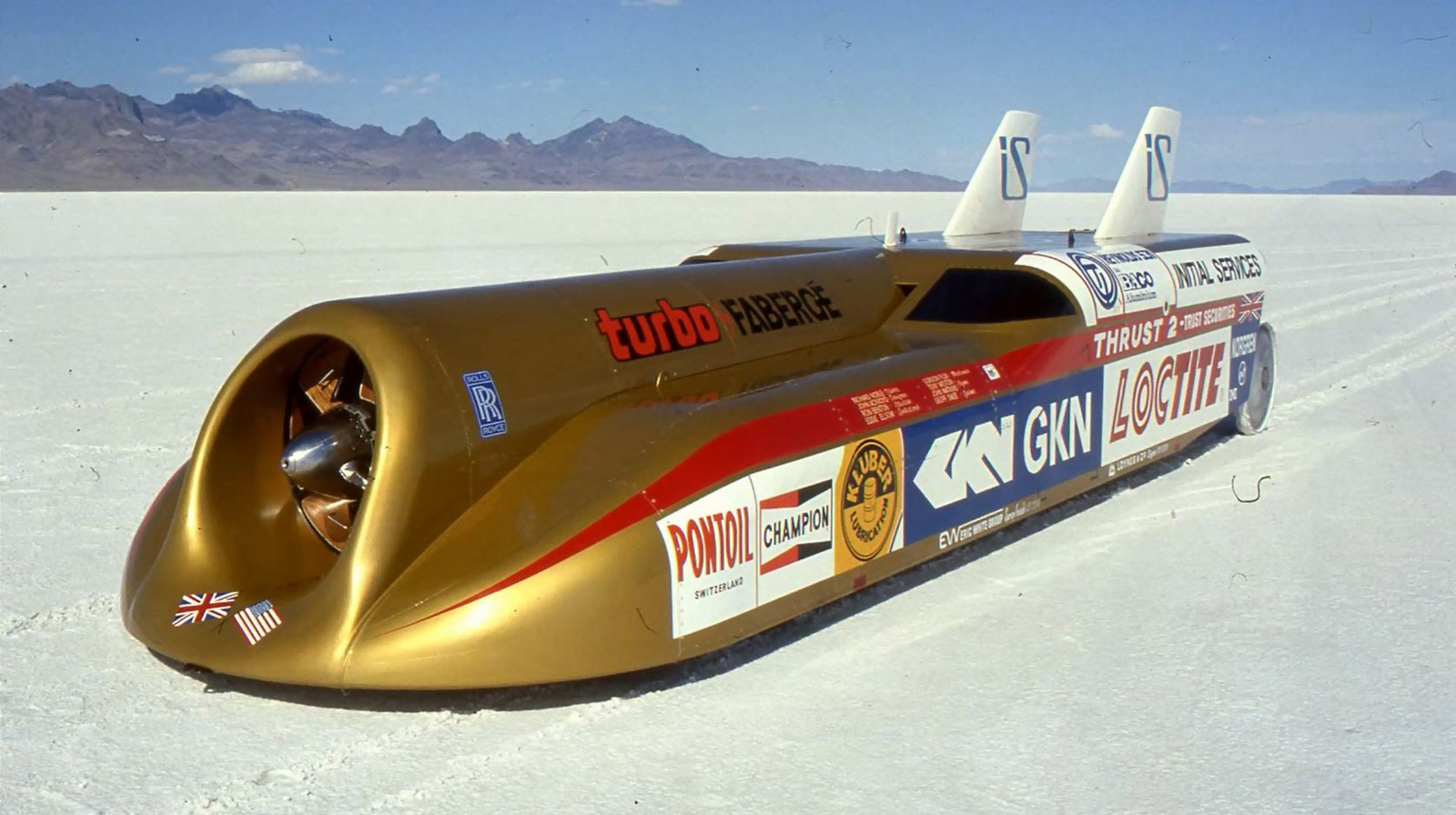
1988-1990: A cut above
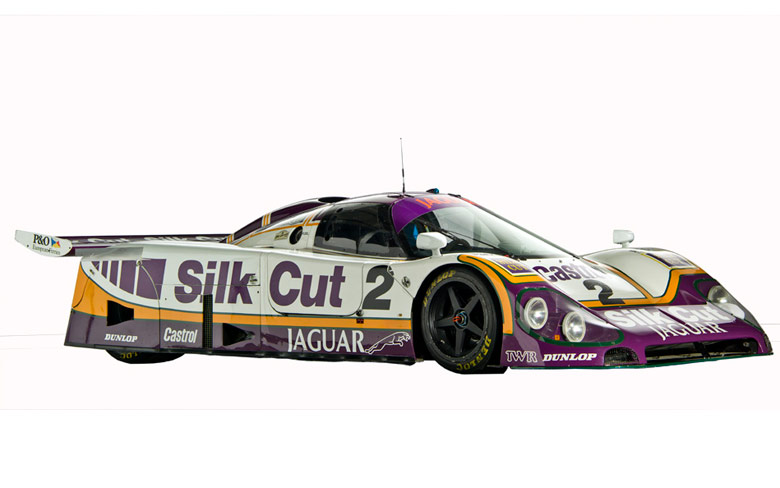
GKN supplied the 1988 and 1990 winning XJR9 and XJR12 Silk Cut Le Mans race cars with sideshafts and aluminium propshafts.
The XJR9 which won Le Mans in 1988 produced a mighty 750 brake horse power from a roaring Jaguar V12 to take the coveted podium. Two other XJR9s were amongst the first twenty cars across the finish line. Two years later, Jaguar took to the podium again with the famous 1-2 finish with the XJR12 in the 1990 24 hours of Le Mans race. This came 40 years after the classic XK120’s success in the Alpine Rally, a testament to the continued partnership between GKN and Jaguar in motorsport.
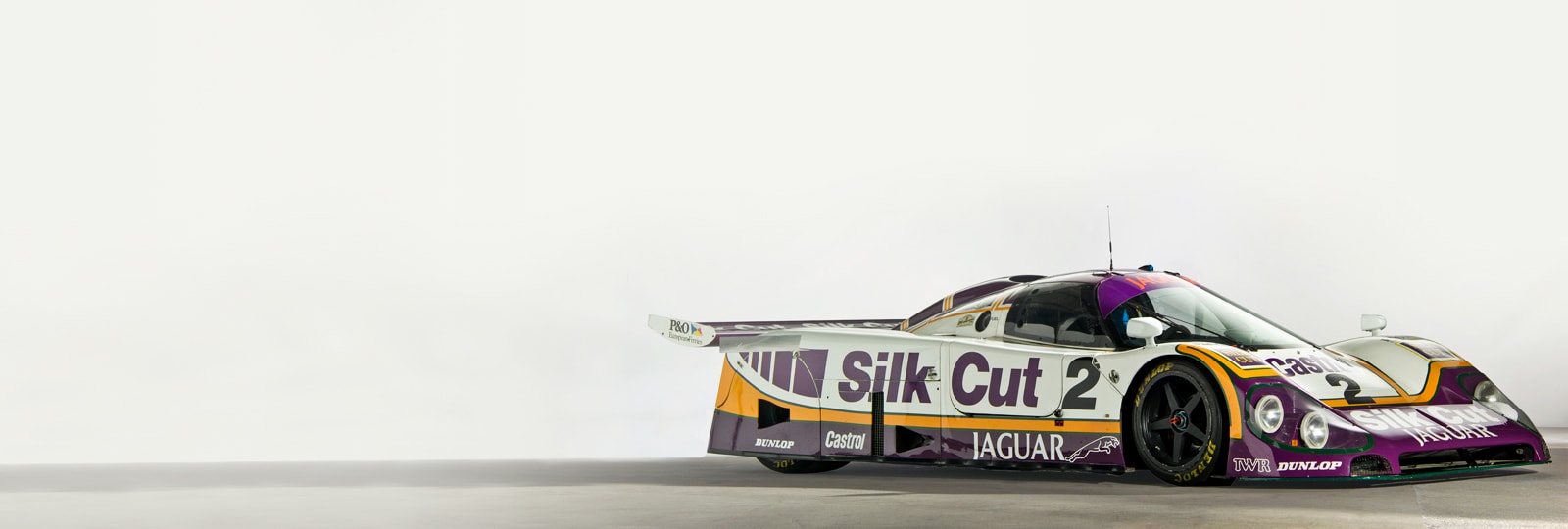
Pushing the limits: World Rally Championship
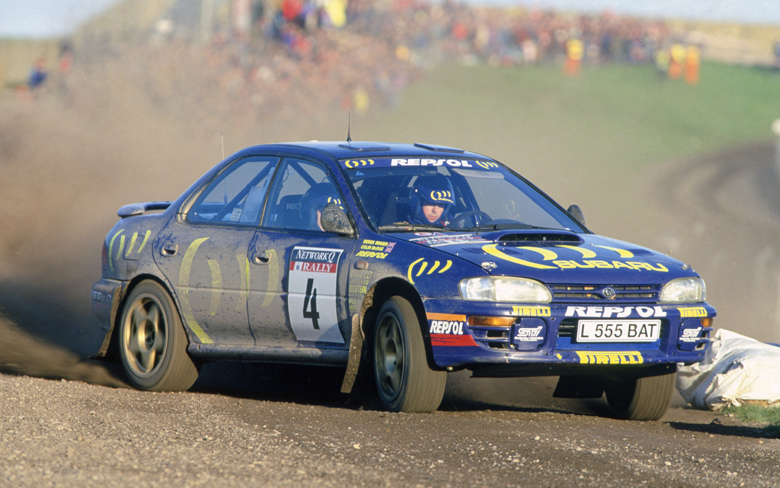
GKN has provided driveline solutions to the world’s top rally teams since the early 1990s, which continues to this day.
Colin McRae, one of the greatest rally drivers of all time, won the World Rally Championship drivers' title in 1995 in the final intense race of the season by edging out his team mate on home soil at the British rally. His vehicle was the Subaru Impreza 555, which ran on GKN sideshafts, propshafts and driveline joints. Following his victory, the Subaru World Rally Team went on to win the manufacturers' title for the following two years running.
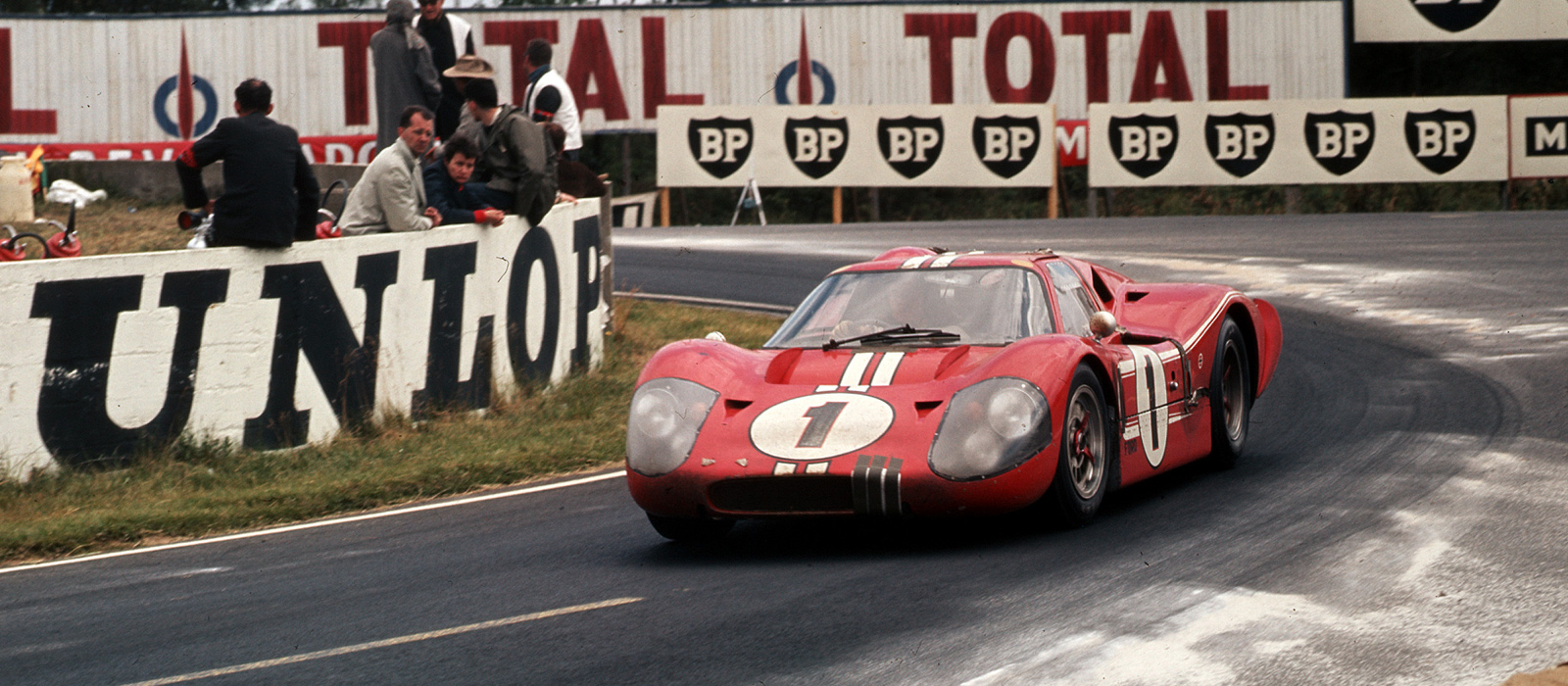
Succeeding in extreme environments
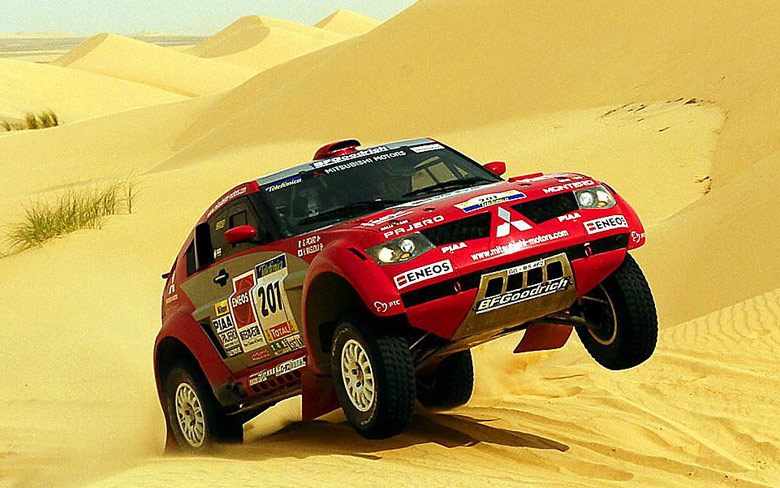
The Dakar Rally is one of the most extreme motorsport races in the world, with thousands of miles of off-road endurance racing over sand, mud and rock.
Stephane Peterhansel won the event in a Mitsubishi Pajero with GKN sideshafts two years running, in 2004 and 2005. This sideshaft specification proved to have the durability to maintain performance at the extreme end of speed and articulation, for very prolonged periods.

New beginnings: early electric motorsport success
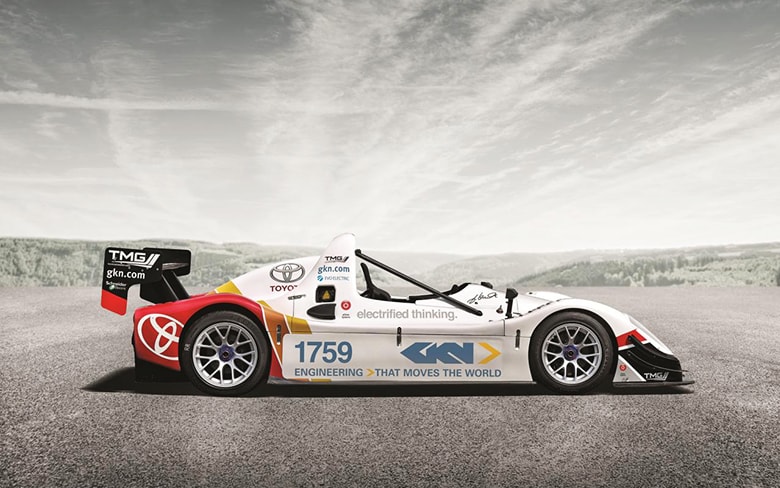
GKN marked its first major success in the world of electric motorsport at the Pikes Peak International Hill Climb in 2012.
Also known as the Race to the Clouds, the event is one of the oldest in the world. Toyota Motorsport’s P002 racer won the electric vehicle class of the event, powered by two GKN EVO axial flux eMotors delivering 1200Nm of torque.
The technology received even more recognition when team APEV won the electric vehicle class the following year at Pikes Peak, this time with the Monster sport eRunner vehicle.
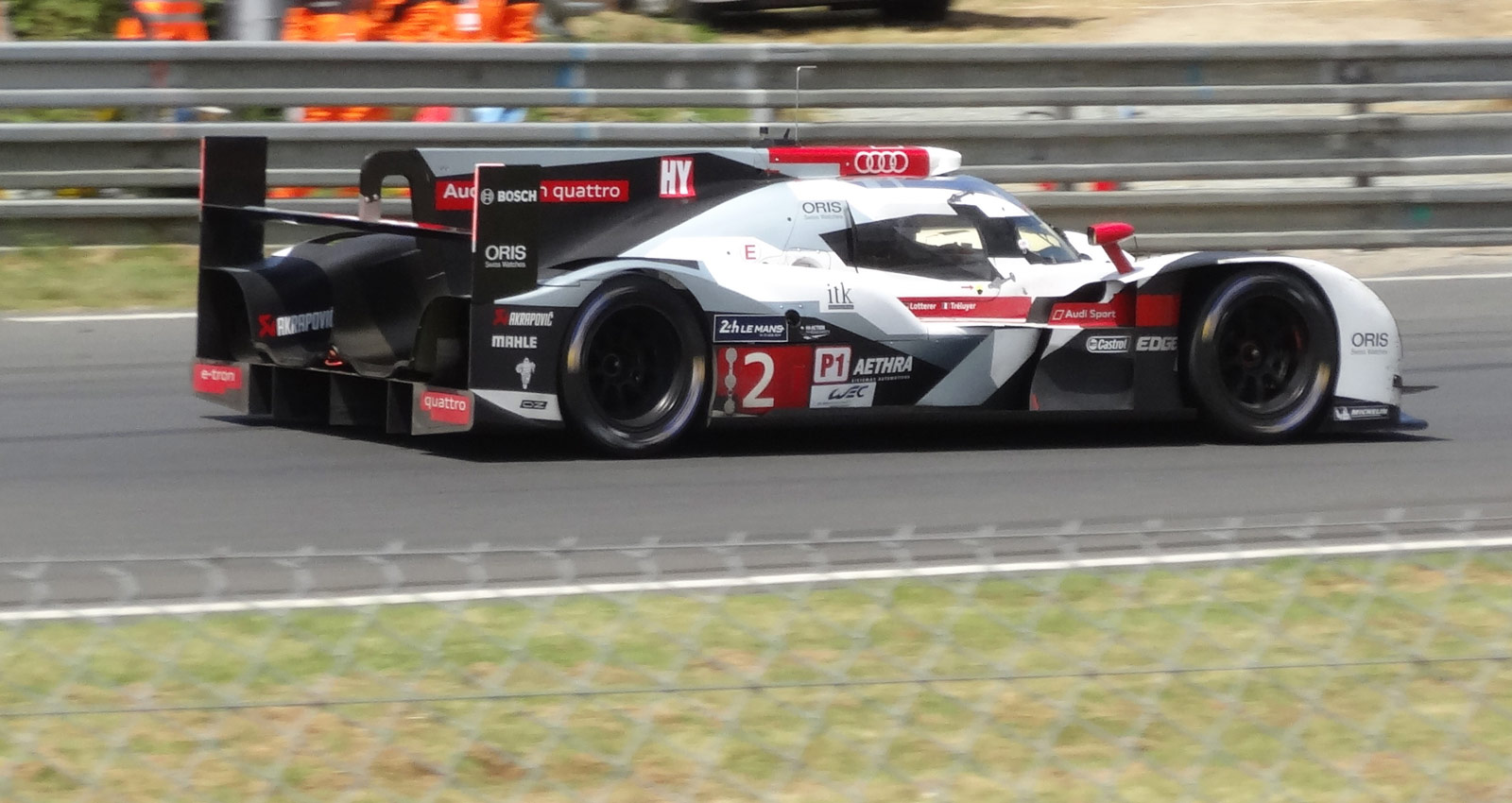
eDrive technology powers Le Mans victory
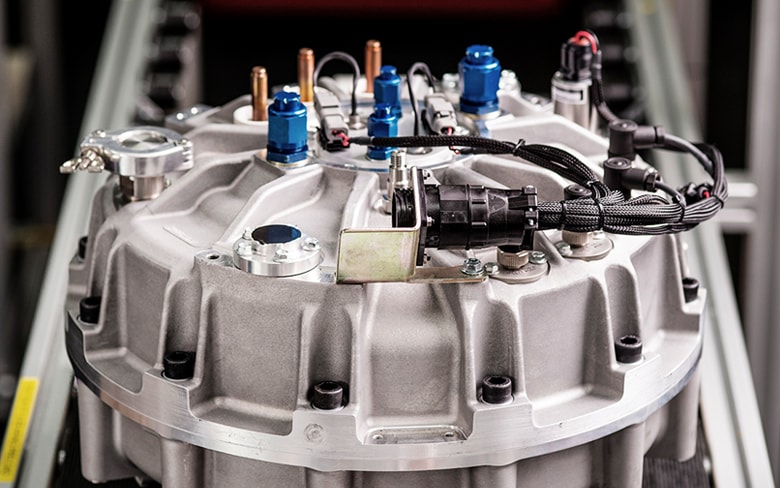
Technology from GKN helped power Audi to victory in the 2014 24 hours of Le Mans race.
GKN's electric flywheel was at the heart of the winning Audi R18 e-tron Quattro, providing a highly efficient and durable kinetic energy recovery system. The winning application of GKN ePowertrain technology to the world’s most famous endurance race, now in addition to the hill climb sprints of the previous two years, showcased our expertise in successfully integrating electric systems for a wide range of requirements.
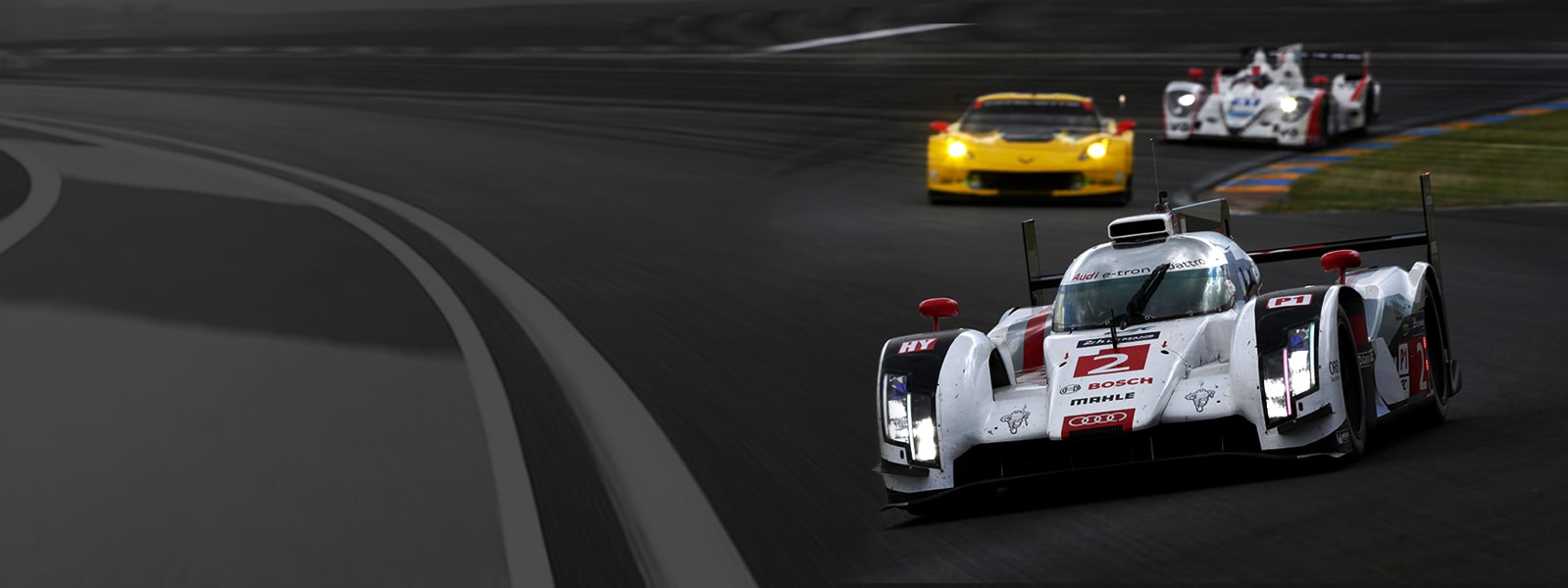
Sustained success in endurance racing
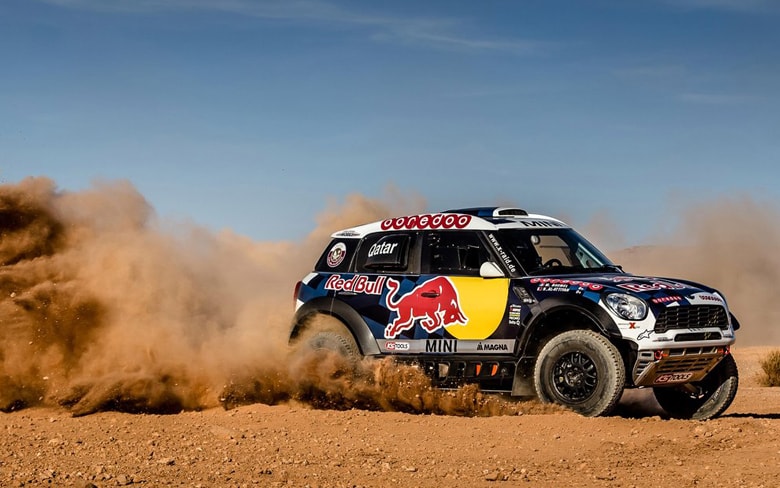
Twenty years after Colin McRae’s famous WRC win, GKN has continued to build on its rally foundations.
The top 13 teams entered in the Dakar Rally in 2015 used GKN driveshaft and propshaft solutions, along with 70% of all entrants. These applications used GKN’s cutting-edge fixed joint generation SX, Countertrack™ which allows smaller packaging and also improved efficiency for the user. SX joints deliver an efficiency improvement of up to 60% when compared to current Rzeppa fixed joints. After more than fifty years of producing CVJ technologies, GKN is still innovating ahead of the competition.

Jaguar TCS Racing
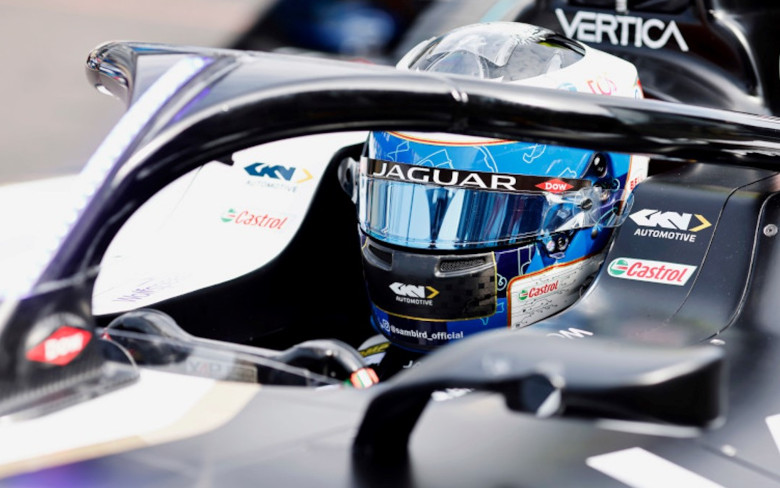
GKN Automotive returned to the track in 2017, ahead of Season 4 of the ABB FIA Formula E World Championship, as a partner to Jaguar TCS Racing.
As Jaguar TCS Racing’s official eDrive partner between 2017 and 2023, we were involved in the development of the electric powertrain. GKN Automotive software engineers were placed into the Jaguar TCS Racing team with collaboration on advanced control systems and validation.
